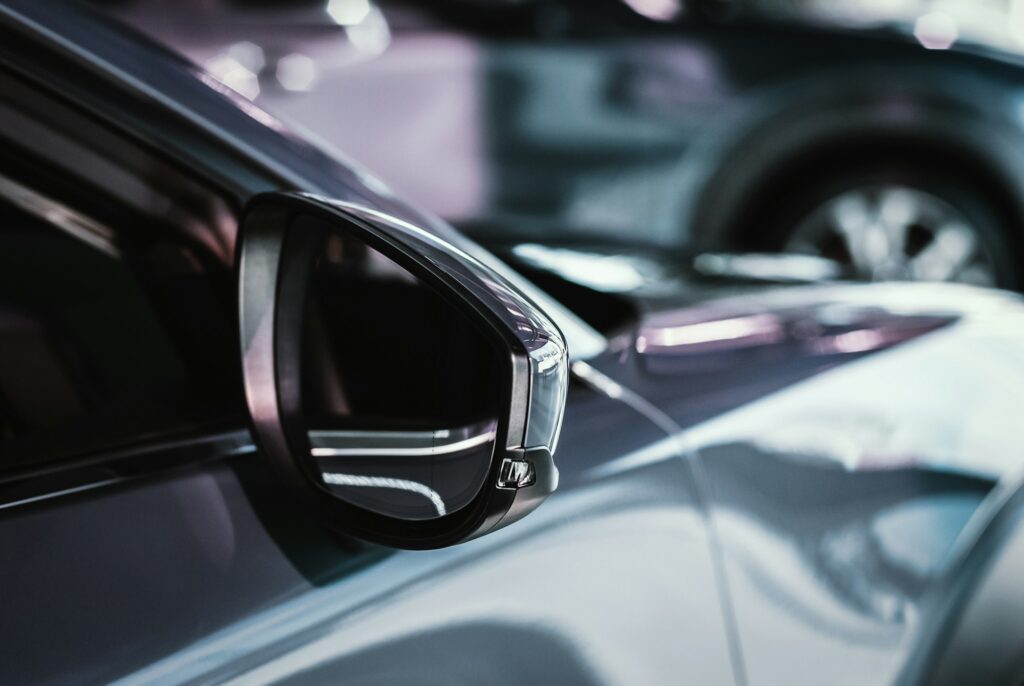Understanding Trade-In Value
If you’ve ever thought about trading in your old car for a new one, you may have wondered how dealerships determine the value of your vehicle. The trade-in value is the amount of money the dealership is willing to give you for your old car when you buy a new one. But what factors do they consider when deciding this value? Let’s find out!
The Age and Mileage of Your Car
One important factor that determines the trade-in value of your vehicle is its age and mileage. As a general rule, newer cars with fewer miles on them tend to have higher trade-in values. This is because they are often in better condition and are more appealing to potential buyers.
For example, let’s say you have a 5-year-old car with 50,000 miles on it. This car will likely have a higher trade-in value compared to a 10-year-old car with 100,000 miles on it. Dealerships prefer cars that are still relatively new and have been driven less.
The Condition of Your Car
The overall condition of your car plays a significant role in determining its trade-in value. Dealerships will inspect your car for any signs of damage or wear and tear. Scratches, dents, mechanical issues, and even the cleanliness of your car can affect its value.
If your vehicle is in excellent condition with minimal damage, it will have a higher trade-in value. On the other hand, if your car has noticeable damage or needs repairs, its trade-in value may be lower.
The Make and Model
The make and model of your car also affect its trade-in value. Some brands and models retain their value better than others. Cars from popular brands known for their reliability and high resale value typically have higher trade-in values.
Additionally, certain features and options can increase the value of your car. For example, if your vehicle has leather seats, a sunroof, or a premium stereo system, it may be more desirable to potential buyers, resulting in a higher trade-in value.
Market Demand
The current market demand for your car’s make and model can impact its trade-in value. If there is a high demand for your specific car, dealerships may offer a higher trade-in value to meet customer demand. Conversely, if there is low demand, the trade-in value may be lower.
Dealerships take into account factors such as the popularity of the make and model, current market trends, and customer preferences when determining the trade-in value.
Conclusion
To sum it up, several factors determine the trade-in value of your vehicle. These include its age, mileage, condition, make and model, and the current market demand. Understanding these factors can help you negotiate a fair trade-in value when buying a new car. Remember, it’s always a good idea to do your research and compare offers from different dealerships to get the best deal!
Please rate this post

With over 20 years of experience in the car business, I’ve navigated the evolution of the industry from traditional sales to the dynamic digital age. My journey through various roles in both sales and management has endowed me with a unique perspective on the challenges and opportunities in automotive sales today.
As the founder of Shawn Ryder Digital, I combine my extensive background in technology with my deep understanding of the automotive industry. This synergy allows me to craft digital marketing strategies that are not just effective but tailored to the specific needs of each dealership. My commitment is to drive your sales, enhance your brand awareness, and ensure your dealership thrives in the digital landscape.
Here at Shawn Ryder Digital, we’re not just about providing services; we’re about building partnerships. As I often say, “In the fast-paced world of digital marketing, staying ahead isn’t just an option; it’s a necessity.”
Together, let’s embrace the challenges of the digital age and turn them into opportunities for growth and success. Join me in redefining the future of automotive digital marketing. Let’s accelerate your dealership’s journey to the top.
